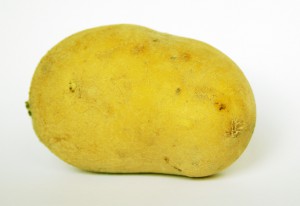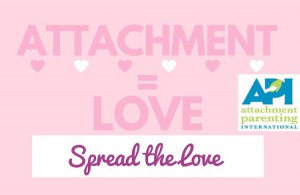Editor’s note: Attachment Parenting International (API) is excited to announce that Effie Morchi, a blogger with APtly Said, has accepted the volunteer position of Assistant Editor of APtly Said. In addition to continuing to blog about her family life, she will be managing the development of special editorial projects for APtly Said, such as the upcoming observance of Mother’s Day. We have been impressed by her initiative as a writer, her desire to support API with her talents and time, as well as her intuitive understanding of both Attachment Parenting and API’s ethos. Welcome and congratulations, Effie!
Our kids had a week off from school recently, and as the week approached, I realized that our getaway plans would need to be cancelled since my husband and I had some pressing issues to deal with. I informed our 10-year-old Shelly and 8-year-old Ethan that we would stay home most of the week, explaining the situation and asking for their understanding.
I knew the week ahead would be very different than a typical week off school and, I suspected, not in a positive way in the eyes of the kids. We were to stay home most days with very few outings and little external socialization. With Shelly asserting her independence and privacy, and Ethan being a social butterfly, I braced myself for a difficult week.
And what a week it was…
The kids were playing at home together, coming up with new games and making each other laugh. When they took a break from playing, they negotiated peacefully to decide which movie to watch. They also played independently, respecting each other’s space. Shelly helped Ethan with his science project and other school work and Ethan showered us with warm hugs and kisses, occasionally asking how we were doing. It wasn’t perfect — there were occasions when the kids had their difficult moments and so did we, but it was perfectly reasonable.
At the end of the week, my husband and I were pleasantly surprised at how patient and supportive the kids were. Ethan has always been affectionate with us, but he was even more so during that week and it felt even more special. Shelly is a well-adjusted, cooperative child, but I sensed that she made the extra effort to coexist in harmony with her younger brother.
 It was an ordinary, uneventful week, yet it was profound — we were reaping the fruits of Attachment Parenting.
It was an ordinary, uneventful week, yet it was profound — we were reaping the fruits of Attachment Parenting.
I appreciated that our kids have responded to us in a time of need in the same way we have been responding to them: with consideration, empathy, affection and physical contact. They put their needs and wants on hold to support us when we needed them to do so.
I mulled over on the most challenging years of my life — the years I raised my two babies. Being a stay-at-home mom on-call 24/7 with minimal help was tough. Mostly, I felt grateful that I followed my instincts and dodged the sharp criticism from all the naysayers. I was told that my kids would have speech problems, because I taught them sign language. I was told that my kids would be clingy and needy as I consistently soothed them, responded to their cries and maintained close physical contact. When I was breastfeeding my baby frequently, on-demand, I was told that something was wrong with me or my baby, because it was just not “normal!”
It wasn’t easy, but I couldn’t see any other way to care for my kids. It felt right and it made sense to me, so I persevered. As I reflect on the past week as well as the past few years, I am pleased that I trusted that little voice inside me. And by swimming against the stream of mainstream parenting advice, I developed strength and resilience.
So, the next time you feel exhausted and overwhelmed with the stresses of parenting, please remind yourself: “This too shall pass.” And remember, before long, you will be gazing at the thriving tree you have been persistently and tenderly raising through the years, and when you look up, you will be delighted to find the radiant, splendid fruits of Attachment Parenting for you to marvel at. I promise!
*Graphic source: WebDesignHot









